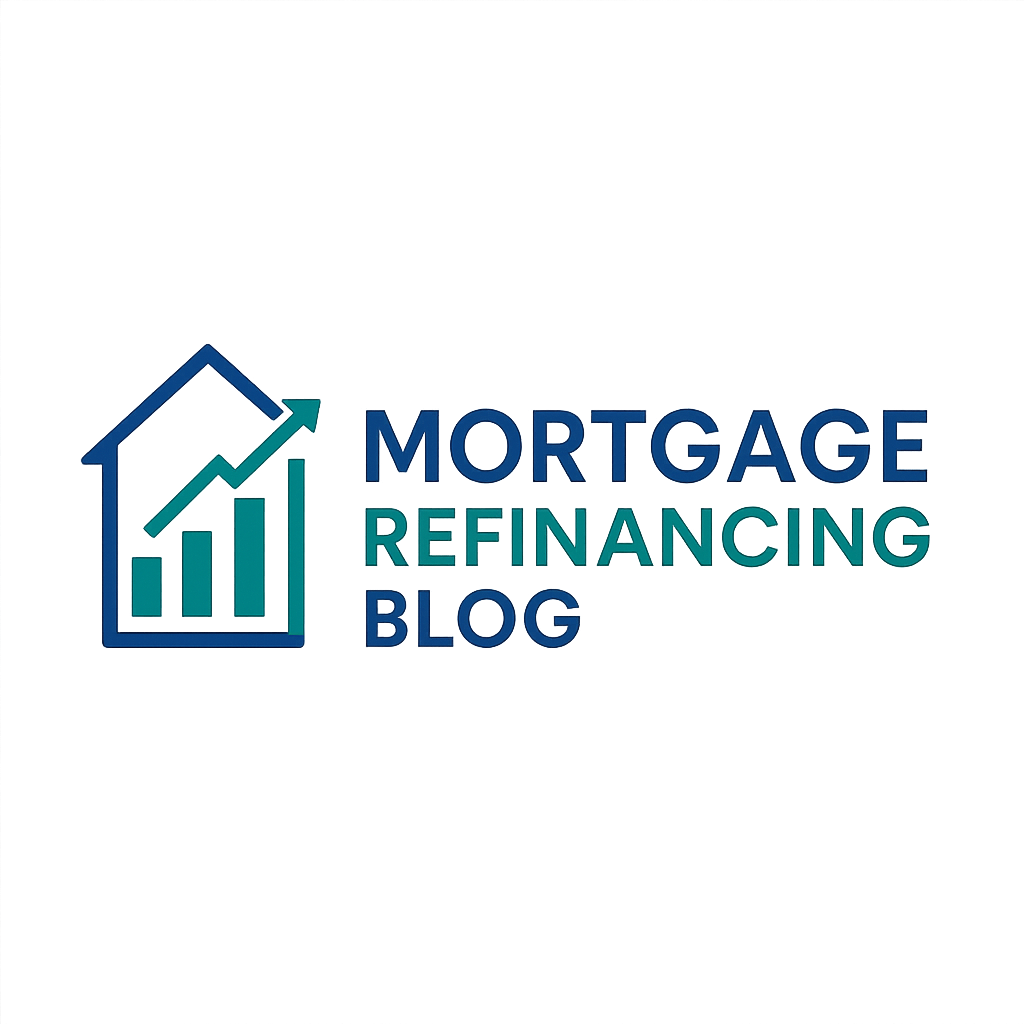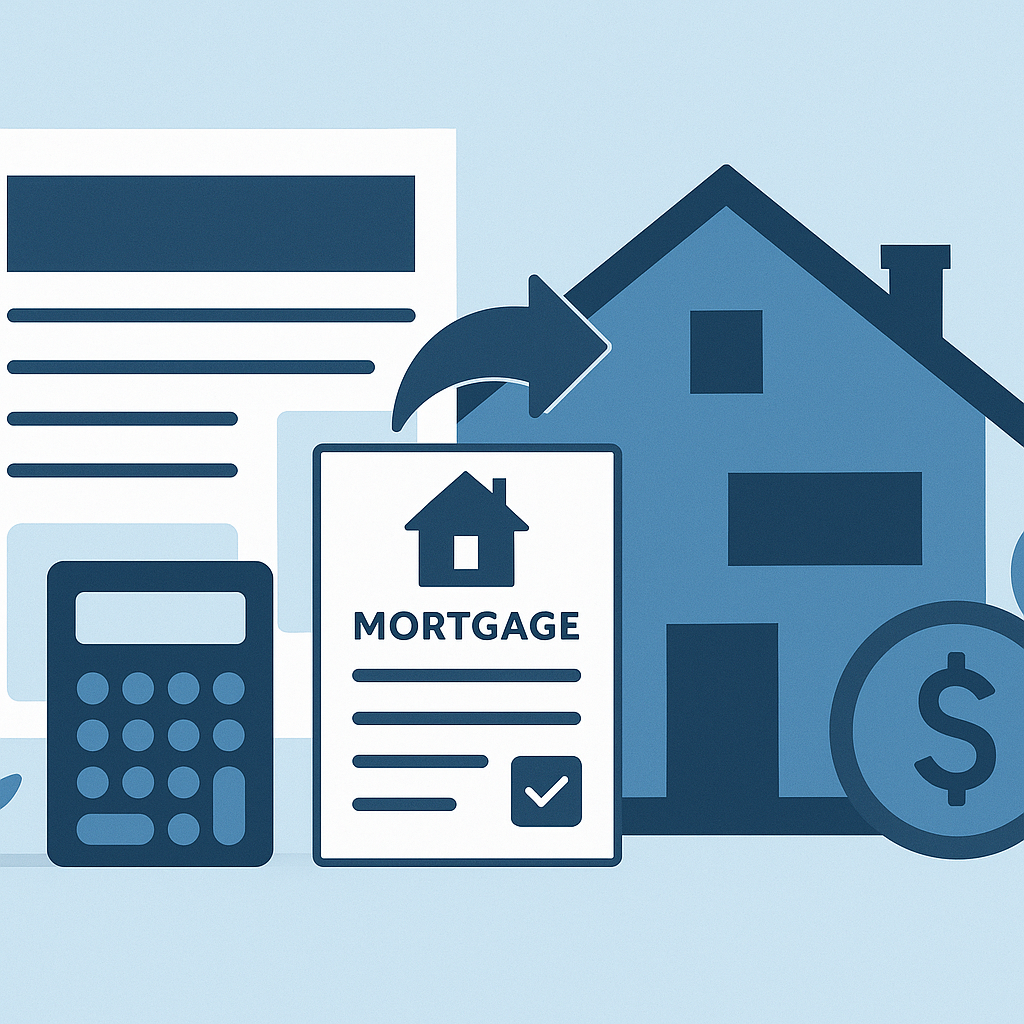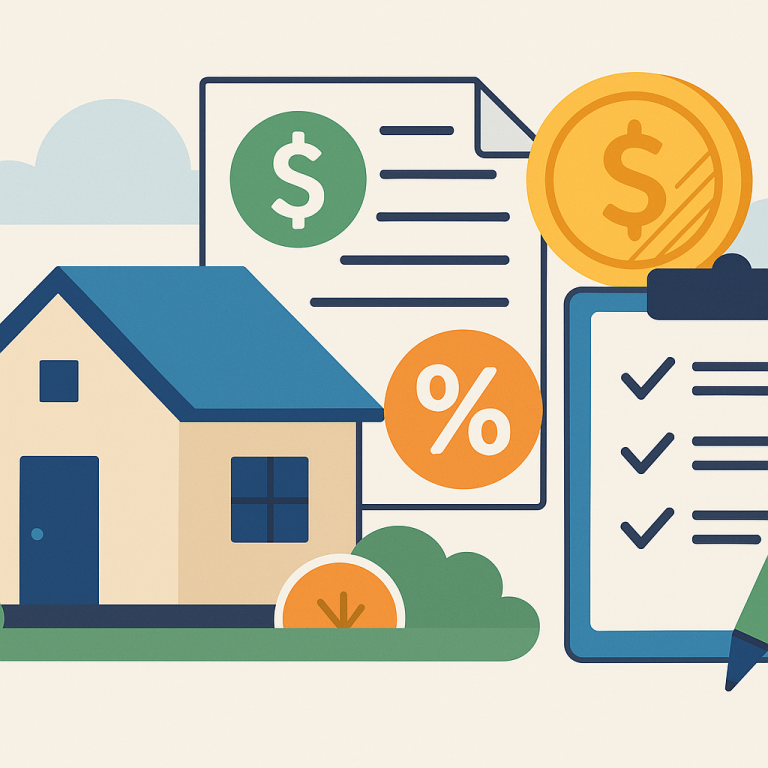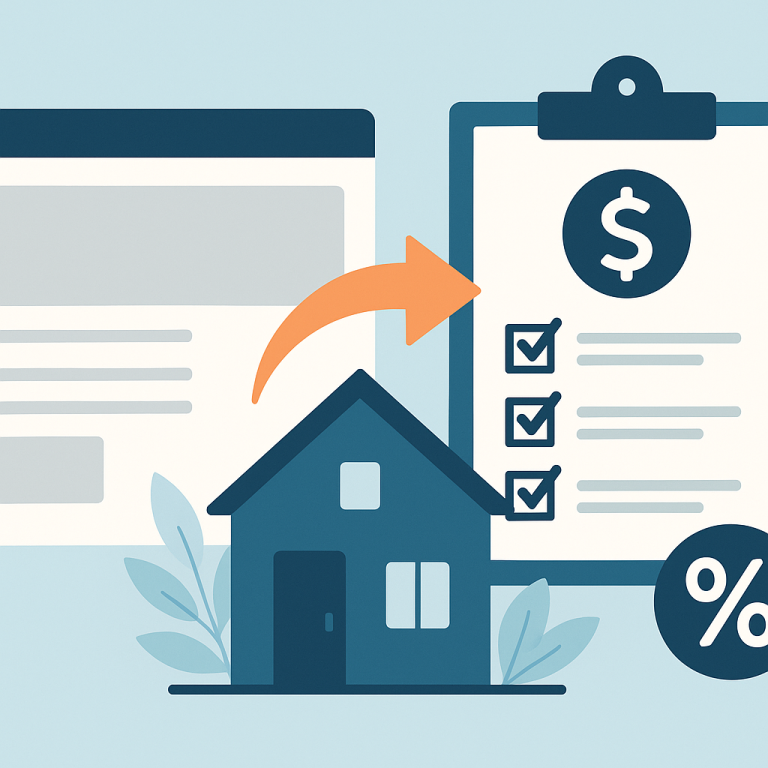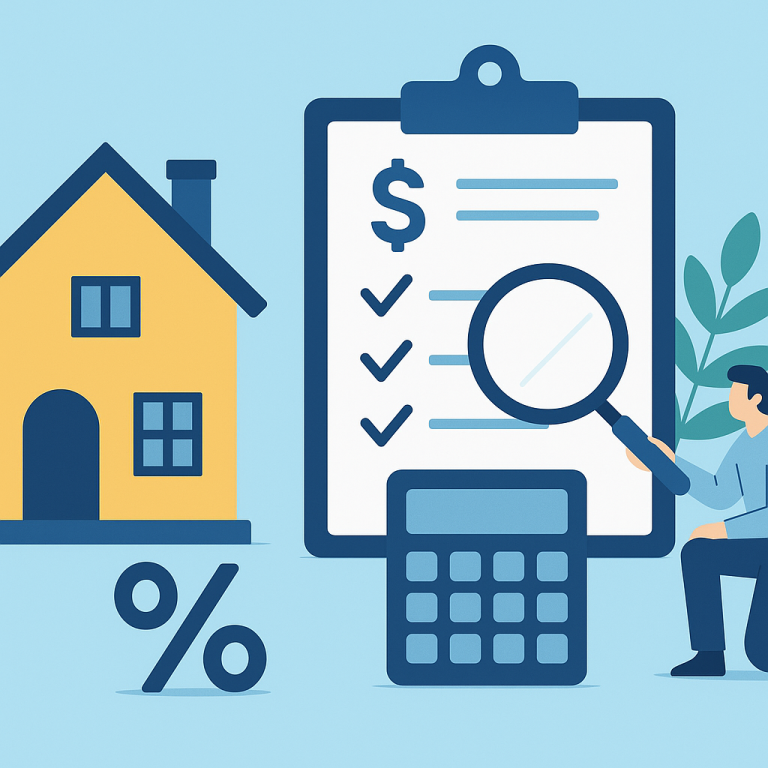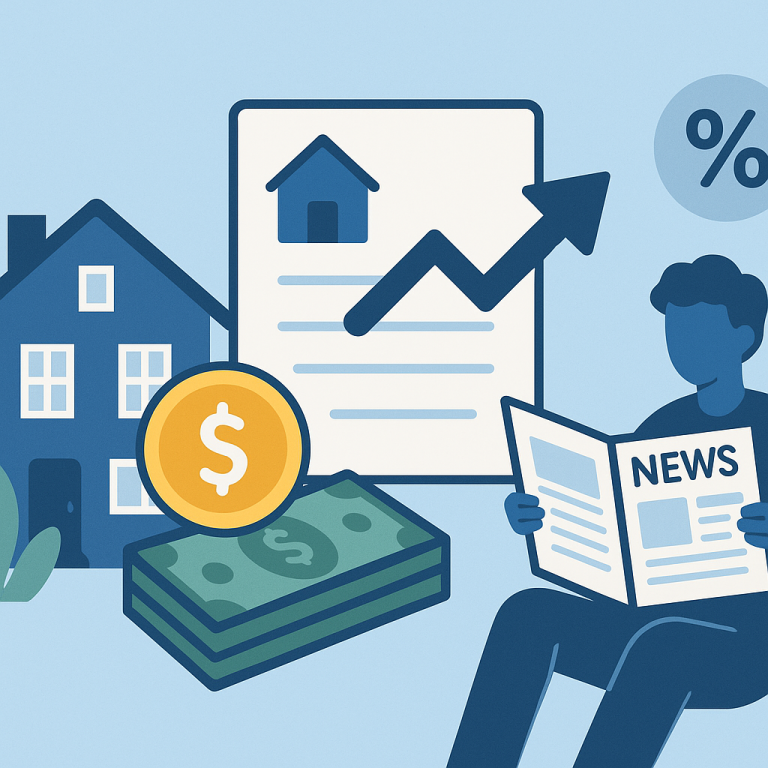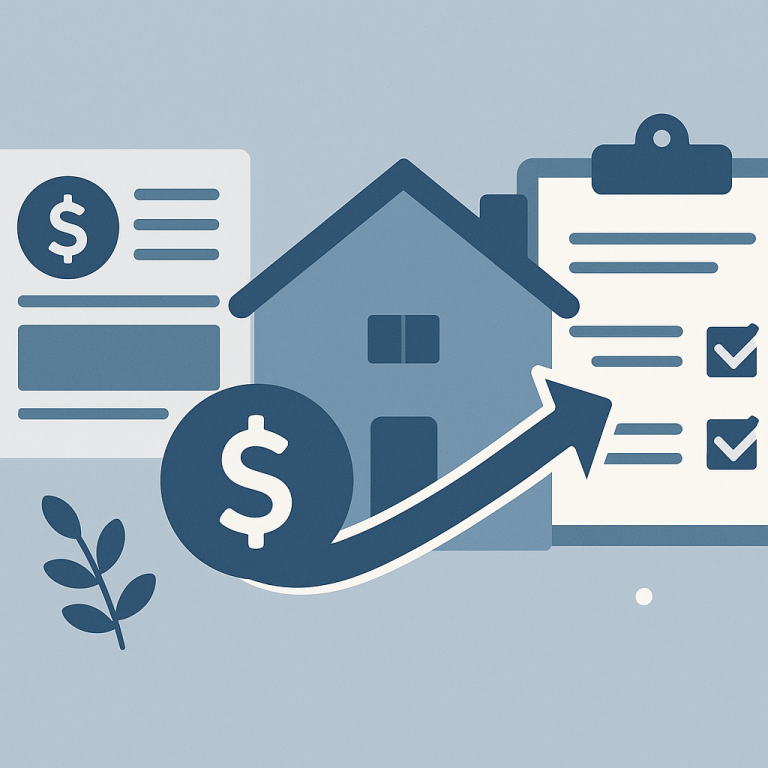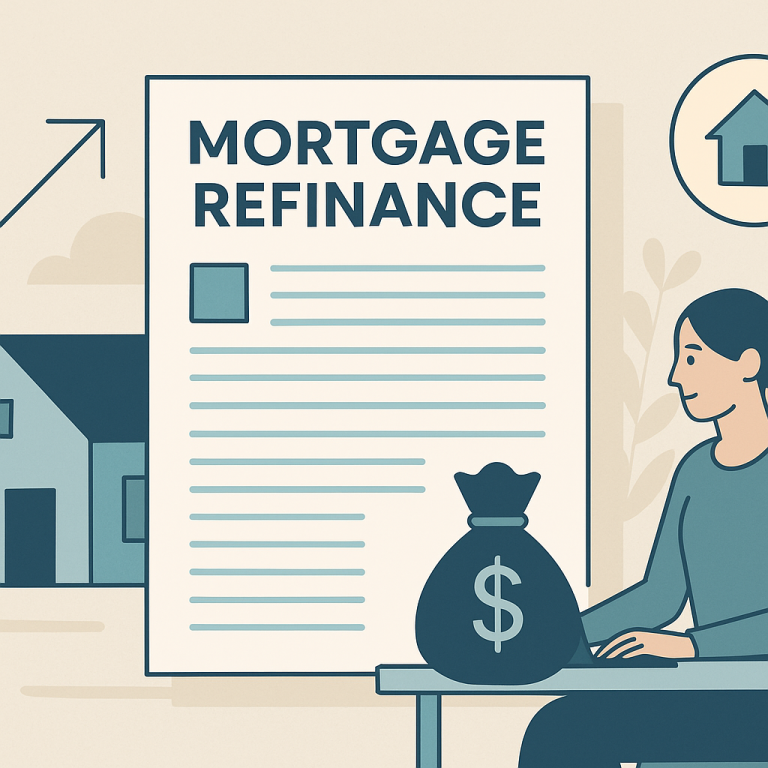Major Lenders Tighten Refinance Underwriting, Raising DTI And Documentation Requirements
At a glance: This change and how it could affect refinancing decisions.
What This Means for Borrowers
As borrowing costs fluctuate, homeowners frequently face the question of whether to refinance their mortgage. The clearest signal to consider refinancing is when your prospective interest rate is meaningfully lower than your current rate and the savings outweigh the transaction costs. This article explains how to evaluate that trade-off and offers concrete steps homeowners can use to decide.
Focus on break-even and remaining term
The central metric for most refinancing decisions is the break-even point — the time it takes for monthly savings to cover upfront and closing costs. Homeowners with a longer remaining mortgage term generally have more time to recover refinance costs, making refinancing more attractive. Conversely, borrowers who plan to sell or move in the near term may not reach the break-even point and should be cautious.
Costs to include in your calculation
Refinancing involves a mix of explicit and less obvious costs. Typical items include lender fees, appraisal charges, title services, and points if you buy down the rate. There may also be prepayment penalties on the existing loan or fees to remove a private mortgage insurance requirement. Accurately accounting for these expenses is essential when calculating potential savings.
How refinancing affects your loan profile
Refinancing can reduce monthly payments, shorten the loan term, or allow access to home equity. Each choice has implications:
- Lower payment: Extending the amortization schedule can reduce monthly outlay but may increase total interest paid over the life of the loan.
- Shorter term: Moving to a shorter term can substantially reduce total interest and build equity faster, though monthly payments typically rise.
- Cash-out refinance: Converting equity to cash provides liquidity but increases the loan balance and may change your loan-to-value ratio and interest rate.
Credit profile, documentation and timing
Lenders underwrite refinances similarly to originations. Your credit score, debt-to-income ratio, property condition and documentation history influence the rate and terms offered. Shopping for a rate when your credit profile is strong improves the odds of favorable pricing. Rate volatility means locking an offer may be necessary once you choose a lender.
Practical steps to evaluate a refinance
- Calculate the break-even period: total expected closing costs divided by monthly savings.
- Compare Loan Estimates from multiple lenders and look beyond the quoted rate to APR and itemized fees.
- Check for prepayment penalties and PMI rules on your current mortgage.
- Decide whether the priority is lowering payments, shortening the term, or accessing cash.
- Consider alternatives such as a mortgage recast or a home equity line of credit if you need flexibility without high closing costs.
Homeowner takeaways
Refinancing can be financially beneficial when lower rates produce meaningful monthly savings and you expect to remain in the home long enough to recoup closing costs. Prioritize a clear calculation of the break-even point, understand how changing the term affects total interest, and collect multiple Loan Estimates to compare true costs. If your goals include shortening the mortgage or tapping equity, weigh the trade-offs between monthly payment impact and long-term interest.
Thorough preparation and comparison shopping are the most reliable ways to determine whether refinancing aligns with your financial goals.
META: refinance-evaluation-guide 2025-11-01
